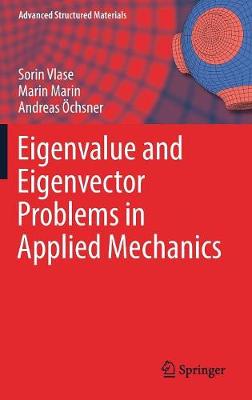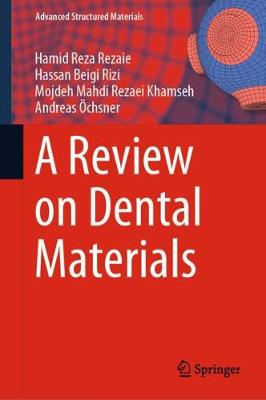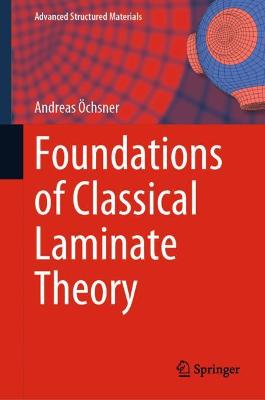Advanced Structured Materials
3 primary works
Book 96
Eigenvalue and Eigenvector Problems in Applied Mechanics
by Sorin Vlase, Marin Marin, and Andreas OEchsner
This book presents, in a uniform way, several problems in applied mechanics, which are analysed using the matrix theory and the properties of eigenvalues and eigenvectors. It reveals that various problems and studies in mechanical engineering produce certain patterns that can be treated in a similar way. Accordingly, the same mathematical apparatus allows us to study not only mathematical structures such as quadratic forms, but also mechanics problems such as multibody rigid mechanics, continuum mechanics, vibrations, elastic and dynamic stability, and dynamic systems. In addition, the book explores a wealth of engineering applications.
Book 123
A Review on Dental Materials
by Hamid Reza Rezaie, Hassan Beigi Rizi, Mojdeh Mahdi Rezaei Khamseh, and Andreas OEchsner
This book discusses the current biomaterials used for dental applications and the basic sciences underpinning their application. The most critical structures in the oral cavity are the teeth, which play a central role in speaking, biting, chewing, tasting and swallowing. Teeth consist of three types of tissue: the cementum, enamel and dentin, with bone and gingival tissue serving as supporting structures. Caries, tooth wear, trauma and mechanical defects can lead to severe facial conditions; however, correcting these defects remains a challenge for scientists and dentists. Presenting insights form a broad range of disciplines, including materials science, biology, physiology and clinical science, this book provides a timely review of the principles, processing and application of dental materials.
Book 163


